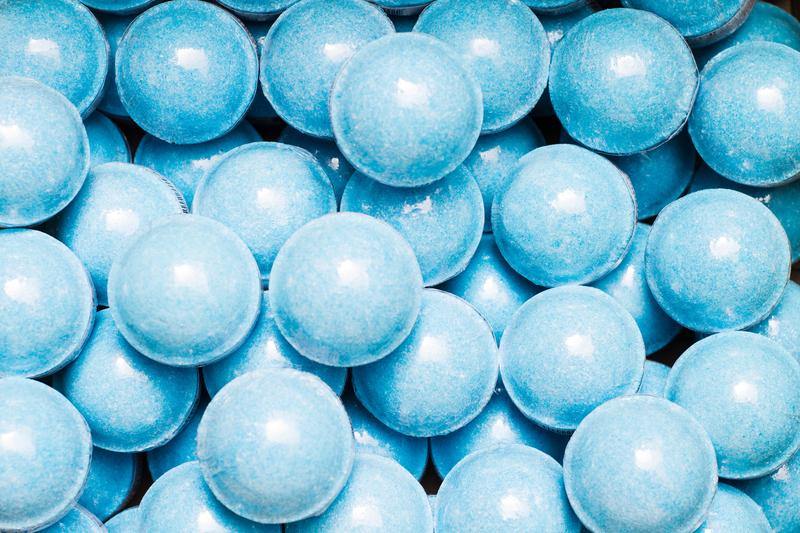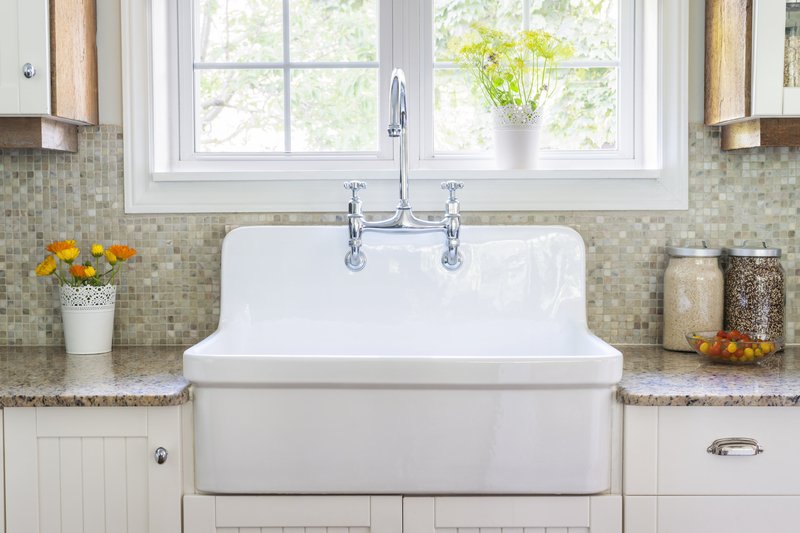Home is where we spend a significant portion of our lives, and it's essential that it remains a safe and healthy environment. Contaminants in your home can include anything from mold spores to harmful chemicals. Thankfully, there are several steps you can take to reduce these contaminants and create a healthier living space. This article will guide you through effective strategies to minimize the presence of harmful substances in your home.
Understanding Common Home Contaminants
There are a variety of pollutants that can infiltrate your living space. Some common indoor contaminants include:
- Mold: Often found in damp areas like bathrooms and basements.
- Dust mites: Tiny insects that thrive in warm, humid environments.
- Pet dander: Small flakes of skin shed by animals.
- Pollen: Microscopic grains from plants that can enter your home through open windows and doors.
- Volatile Organic Compounds (VOCs): Gases emitted from products like paint, cleaners, and building materials.

Effective Ways to Reduce Home Contaminants
Maintain Proper Ventilation
Ensuring your home is well-ventilated can go a long way in reducing indoor pollutants. Use exhaust fans in the kitchen and bathroom, and consider installing a high-efficiency particulate air (HEPA) filter to trap contaminants.
Regular Cleaning
Regular cleaning is essential to minimize dust, pet dander, and other pollutants. Use a vacuum cleaner with a HEPA filter to clean carpets and upholstery thoroughly. Don't forget to clean areas like behind furniture and appliances where dust can accumulate.
Control Humidity Levels
High humidity can promote the growth of mold and dust mites. Use dehumidifiers and keep humidity levels below 50% to create a less hospitable environment for these contaminants. Ensure that your home is well-insulated to prevent condensation on walls and windows.
Choose Eco-Friendly Products
Many household products release VOCs, which can impair indoor air quality. Opt for eco-friendly, non-toxic cleaning products, paints, and furniture. Look for labels that indicate low levels of VOCs.
Regularly Replace Filters
Air conditioning units, heaters, and vacuum cleaners often have filters that should be replaced regularly to function effectively. Clogged filters can circulate contaminants back into the air, so make sure to check and replace them as needed.
Properly Store Chemicals
Household chemicals and cleaners should be stored in well-ventilated areas, away from living spaces. Make sure containers are tightly sealed to prevent the release of fumes.
Tips for Reducing Specific Contaminants
Mold
- Fix leaks promptly to prevent water damage.
- Use mold-resistant products in areas prone to dampness.
- Keep potted plants to a minimum, as they can contribute to mold growth.
Dust Mites
- Use allergen-proof mattress and pillow covers.
- Wash bedding in hot water weekly.
- Minimize upholstered furniture, which can harbor dust mites.
Pet Dander
- Bathe pets regularly and groom them outside.
- Keep pets out of bedrooms to reduce exposure to dander.
- Use air purifiers to capture airborne pet dander particles.
Pollen
- Close windows during high pollen seasons.
- Use air purifiers to reduce indoor pollen levels.
- Change clothes and shower after spending time outdoors.
Pros and Cons of Reducing Home Contaminants
Pros
- Improved Health: Reducing contaminants can lead to better respiratory health and fewer allergy symptoms.
- Better Sleep: A cleaner environment can contribute to better sleep quality.
- Enhanced Well-being: A contaminant-free home promotes overall well-being and comfort.
Cons
- Initial Costs: Implementing some of these strategies can incur initial costs, such as purchasing air purifiers or dehumidifiers.
- Time-Consuming: Regular cleaning and maintenance require time and effort.
- Chemical Sensitivity: Switching to eco-friendly products may not suit every household; some members may have sensitivities or allergies.

Key Takeaways
- Regular ventilation and cleaning are crucial for reducing home contaminants.
- Controlling humidity levels can prevent mold and dust mites.
- Choosing eco-friendly products can improve indoor air quality.
- Regular maintenance, such as replacing filters, is essential for effective contaminant reduction.
Conclusion
Reducing home contaminants is essential for ensuring a safe and healthy living environment. By understanding the common pollutants and implementing strategies to mitigate their presence, you can significantly improve indoor air quality and overall well-being. Although the initial investment of time and money may be necessary, the long-term benefits far outweigh these costs.
By following the tips and guidelines provided in this article, you're well on your way to creating a cleaner, healthier home. Remember, consistency is key--maintaining these practices will ensure that your living space remains contaminant-free for years to come.



